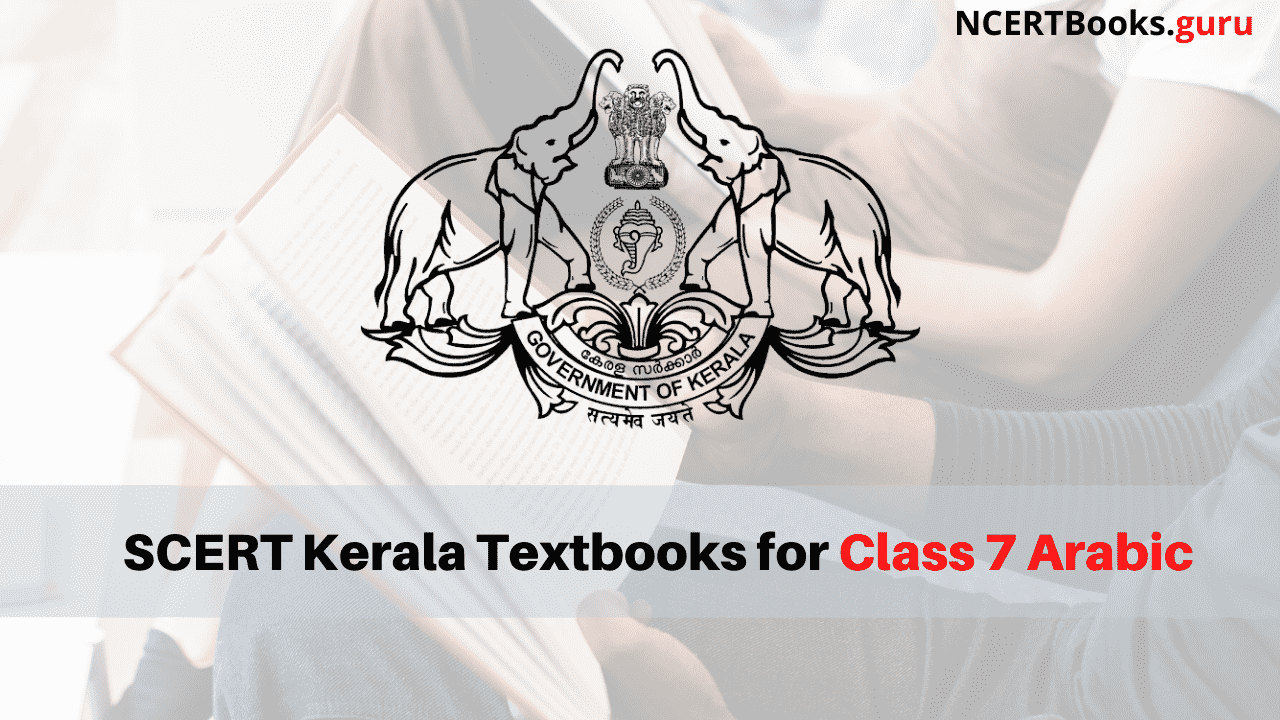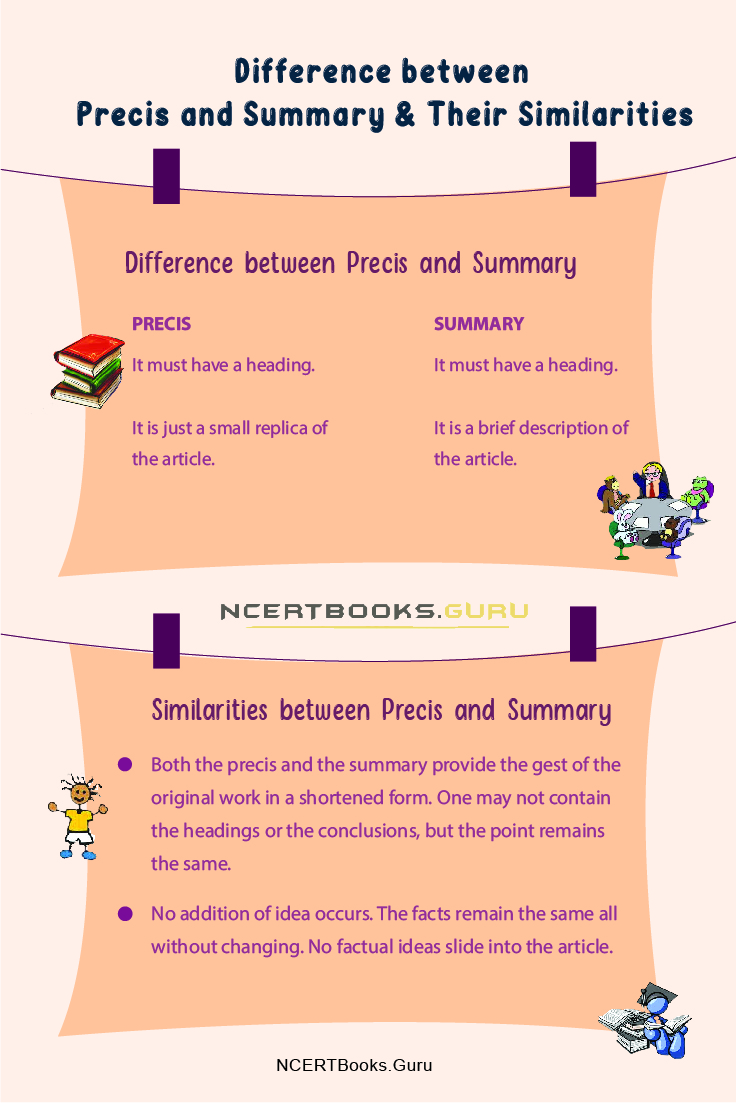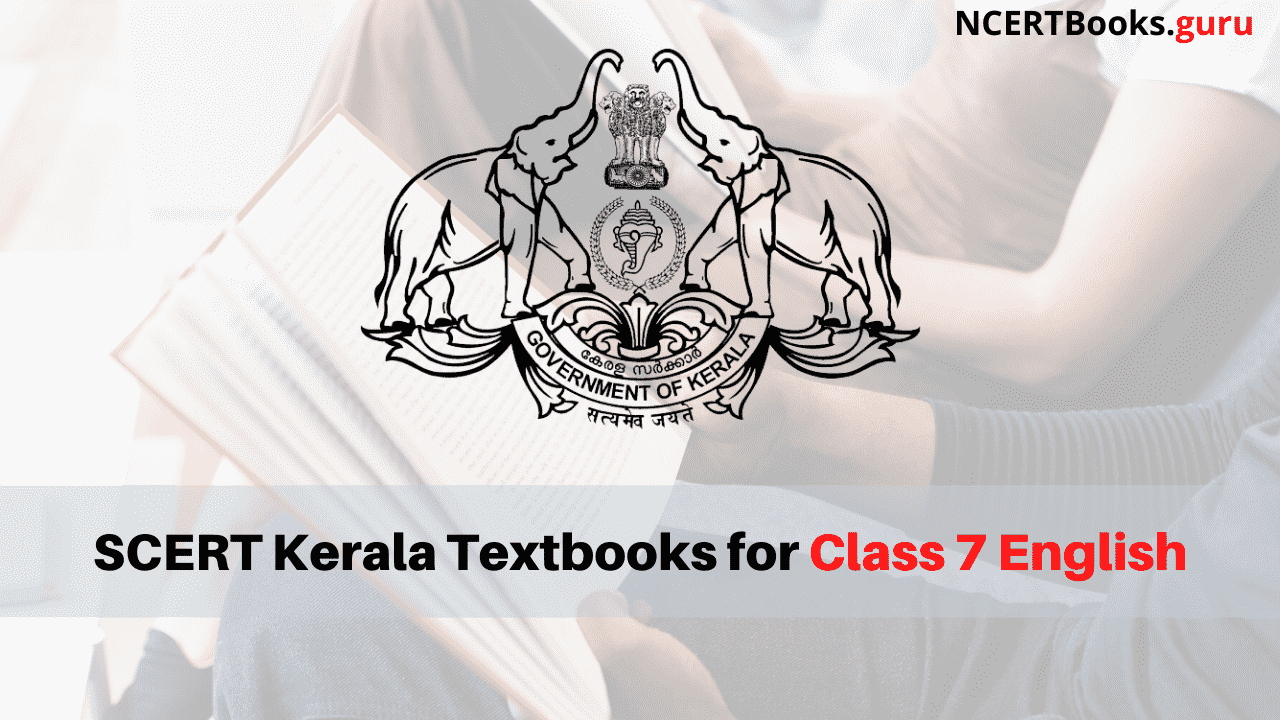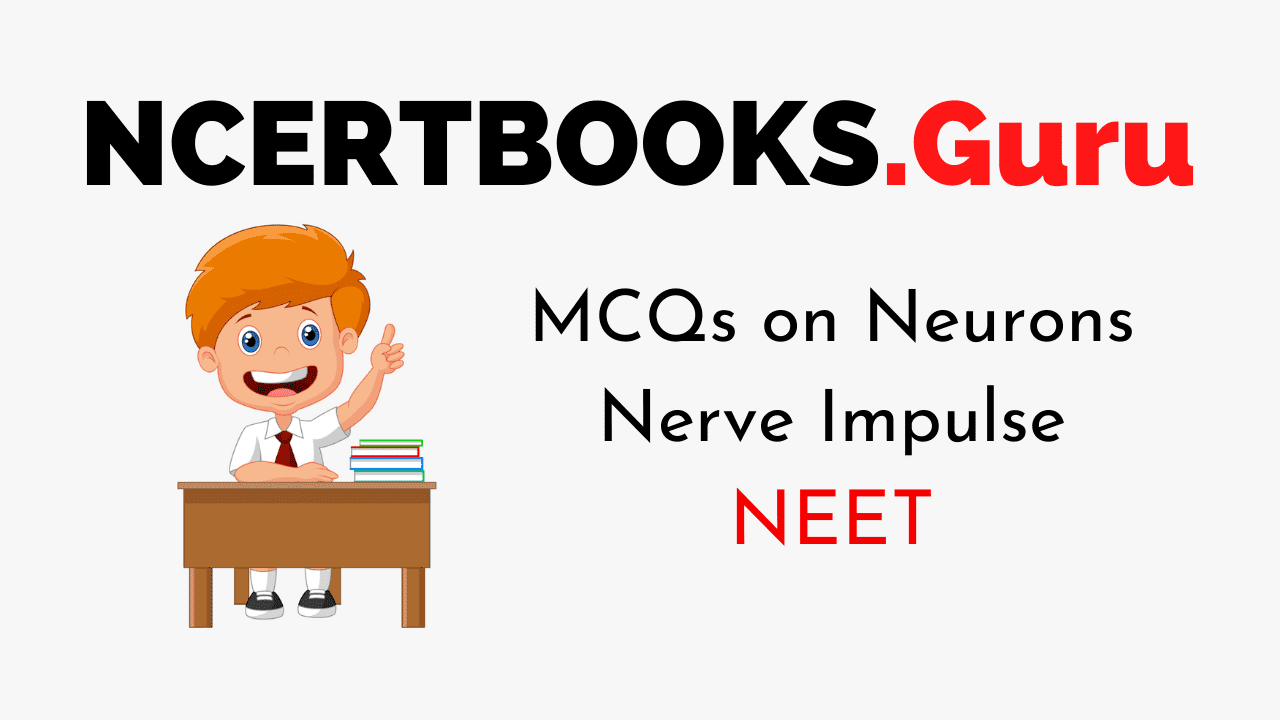Loktak Lake of North East India is famous for its freshwater and mixed soil, vegetation, and other organic matters. This lake is situated in Manipur, India. This lake has been a source of sustenance for around 55 villages of India and serves them with fresh water, food, good shelter, and sustenance. Also, the lake is famous with another name as a floating lake. It is because of the large vegetation that it supports.
Loktak Lake Details
| Name of the River |
Loktak Lake |
| Primary Source of Inflow |
Manipur River, tributaries, and Ungamel channel |
| Location |
Moirang, Manipur, India |
| Length |
35 kilometres |
| Breadth |
13 kilometres |
| Importance |
- a fresh source of water
- hydropower generation
- irrigation
- source of livelihood to the people living around
|
| Pollution |
anthropogenic activities, sewage waste disposal, disposal of domestic waste, pesticides, and fertilizers |
About Loktak Lake
Loktak Lake in Manipur has been an ancient lake that serves around 55 villages for freshwater and domestic use. Also, farmers are completely dependent upon it for irrigation and agricultural activities. Loktak Lake is famous for Phumdis that surrounds it for around 40 sq. kilometres.
In North-East India, Loktak Lake is the largest freshwater lake with another name as “Floating Lake.” For the past many years, this lake has been a source of food, freshwater, carrying occupation, hydropower generation, and carries sustenance. Most of the fishermen depend upon this lake for their livelihood.
Thus, this lake has become a zone of biodiversity and carries highly populated villages by its sides. The lake covers a direct catchment area of 980 sq. kilometres and an indirect area of 7157 sq. kilometres. Also, this lake is considered a sub-basin of the Manipur River. The area around the lake is highly prone to have heavy rainfall for the entire year.
Loktak Lake History
Loktak Lake is famous for its floating island formation that we call Phumdis. Phumdis is the circular vegetation that is made up of a mixture of soil, vegetation, and other organic matter. The mixture is now thickened into solid since past many years. It is home to around 200 aquatic species of plants and 400 species of animals.
Also, a dam was built on the lake in the 1980s, and today it supplies hydropower to different states of India. According to the history of Loktak Lake, this lake supports floating islands and a national park. Manipur River is the source for the formation of this lake. This lake has been serving around 55 villages for the past many years for vegetation, freshwater, irrigation, domestic water use, and agricultural purposes.
Keibul Lamjao National Park is built over the lake, and today it is famous for being the world’s floating national park which lies in the middle of Loktak Lake.
Have a look at the List of Important Lakes in India that you need to know for your competitive exams to score well.
Loktak Lake Map
Manipur is the famous state of India for its heavy rainfall areas throughout the year. Also, another reason why people love visiting this location is Loktak Lake. Manipur River gives birth to this floating lake which provides sustenance and livelihood to many people. The Manipur River rises from Karong and flows through south o0f Imphal.
Further Loktak Lake forms the direct catchment area of 980 sq. km from which 430 sq. km is for paddy cultivation, and 150 sq. km is covered under habitation. The remaining 400 sq. km is the forest area. At the South of Imphal valley, this lake forms marshy land and has large pockets of freshwater.
There are two main zones of the lake, which are known as “Buffer Zone” and “Core Zone.” Buffer Zone is also known as the balance area, and Core Zone is known for the protected area. At the South of this lake, there are some islands formed names as Sendra, Lthing, and Thanga islands.
Loktak Lake System
Loktak Lake is 35 kilometres in length and 13 kilometres wide that has direct and indirect catchment area. The lake rises from the Manipur River and flows south of the capital city Imphal. The important fact about this lake is it’s another name “floating lake.” This lake covers the floating mixture of soil, vegetation, and other organic matter which forms a solid area known as Phumdis.
In the middle of the lake, there is a floating national park which is Keibul Lamjao National Park. It is a natural formation without human aid and thus famous in the entire world.
Loktak Lake Pollution
More than 55 villages are dependent upon Loktak Lake for domestic use and freshwater. However, people dump domestic waste and sewage waste into it, which causes a risk of pollution for this freshwater source. Different studies have been conducted to check the pollution level of the lake. The main studies were conducted on the five villages that depend upon the lake for every domestic task.
Due to urbanisation, the lake has been turning polluted over and over. The consistent drainage of municipal waste, pesticides, and fertilisers has been draining the quality of water. Also, other domestic human activities like bathing, washing clothes, and utensils is a serious threat. The studies are conducted to find the level of water quality drained over the years and what other human activities are responsible for harassing this natural beauty.
Loktak Lake Importance
There could be many reasons why people overlook to visit and explore Loktak Lake and the areas around. It is a perfect holiday destination to know what makes this lake so special. The very first reason is famous for floating Phumdis and floating islands and a national park present on the lake.
People go boating and explore Phumdis which are the circular solid areas surrounding water in it. Through boating, you can reach different floating islands which is a unique experience for people throughout the world. Keibul Lamjao National Park is the only natural floating National Park in the entire world. It is famous for two species- Brow-antlered Deer and the Dancing Deer.
At Moirang, there is an INA Memorial Complex where the Indian National Army unfurled the first Indian flag on Indian soil in the year 1944. Thus, the area is known for bravery and valour. People visiting Loktak Lake also visit this area.
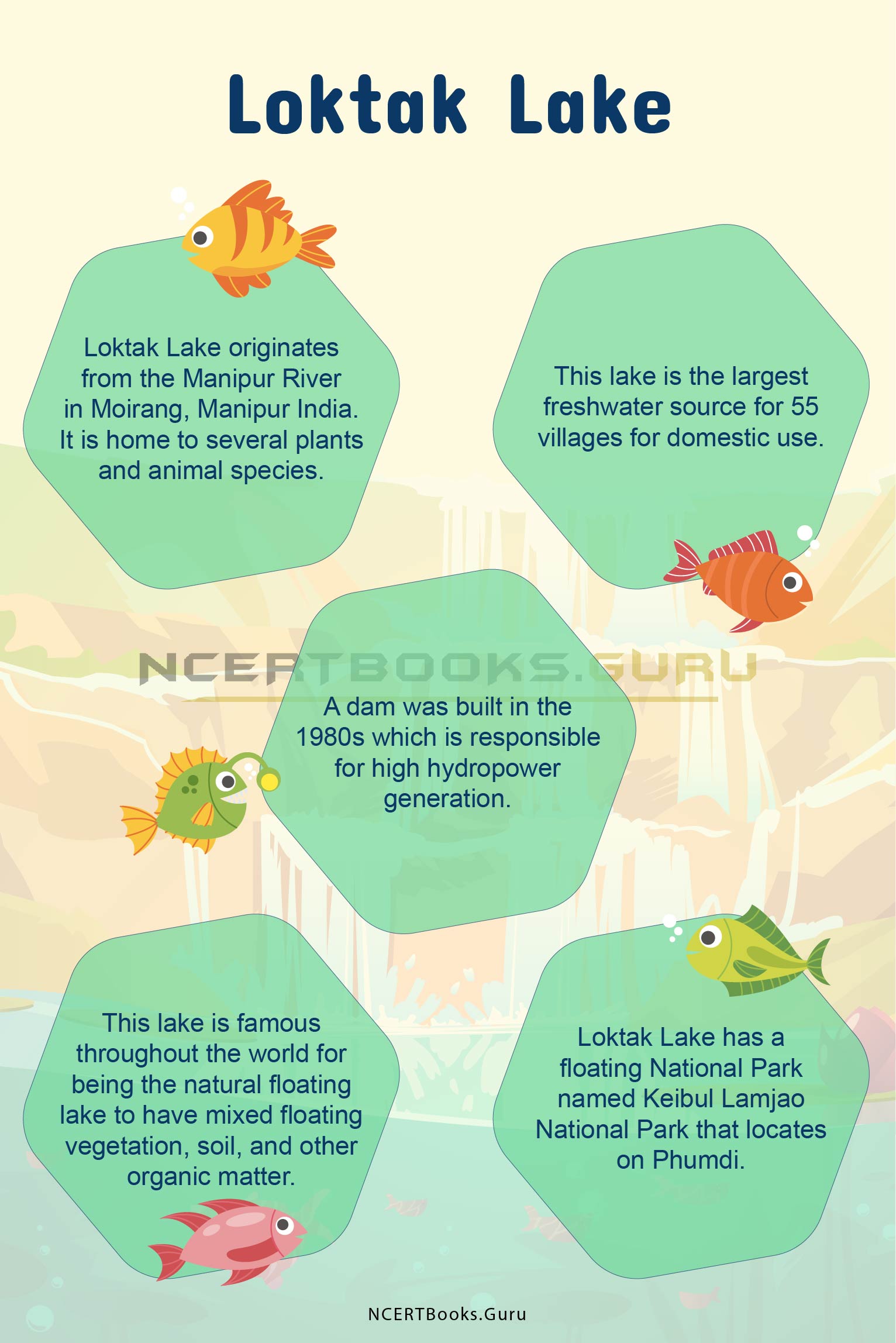
Short Essay On Loktak Lake
Northeast India is famous for the freshwater lake in Moirang, Manipur named Loktak Lake. It is the world’s natural floating lake which forms floating islands, Phumdis, and a National Park. The lake originated from the Manipur River at Moirang and flowed south of the capital city, Imphal. It is about 35 km long and 13 km wide that has a direct and indirect catchment area.
Also, people in Manipur celebrate Loktak Day every year on 15 October at the periphery of this lake. For the past many years, this lake plays an important part in 55 villages surrounding it. It is the basic source of drinking and fresh water for domestic use. Also, a dam was built on the lake, which generates a large amount of hydropower to serve different states.
Around 1,00,000 of the population is dependent upon this lake for water use. Five main villages are completely dependent on it for water and hydropower. This lake is valued for its biodiversity of 200 aquatic plant species and 400 aquatic animal species.
10 Lines On Loktak Lake
- Loktak Lake originates from the Manipur River in Moirang, Manipur India. It is home to several plants and animal species.
- This lake is the largest freshwater source for 55 villages for domestic use.
- A dam was built in the 1980s which is responsible for high hydropower generation.
- This lake is famous throughout the world for being the natural floating lake to have mixed floating vegetation, soil, and other organic matter.
- Loktak Lake has a floating National Park named Keibul Lamjao National Park that locates on Phumdi.
- The meaning of Loktak Lake is defined as Lok means stream, and Tak means till the end. Many small and big islands float on the surface of the lake.
- The reason why people visit this lake is its natural floating beauty. People visit different floating islands and the national park through boating.
- Loktak Lake performs a big role in the economy of Manipur state. It is the basic source of use for nearby areas.
- Loktak Lake is 35 km long and 13 km wide with direct and indirect catchment areas.
- The lake receives an annual rainfall of 1,183 mm and has a tropical monsoon climate throughout.
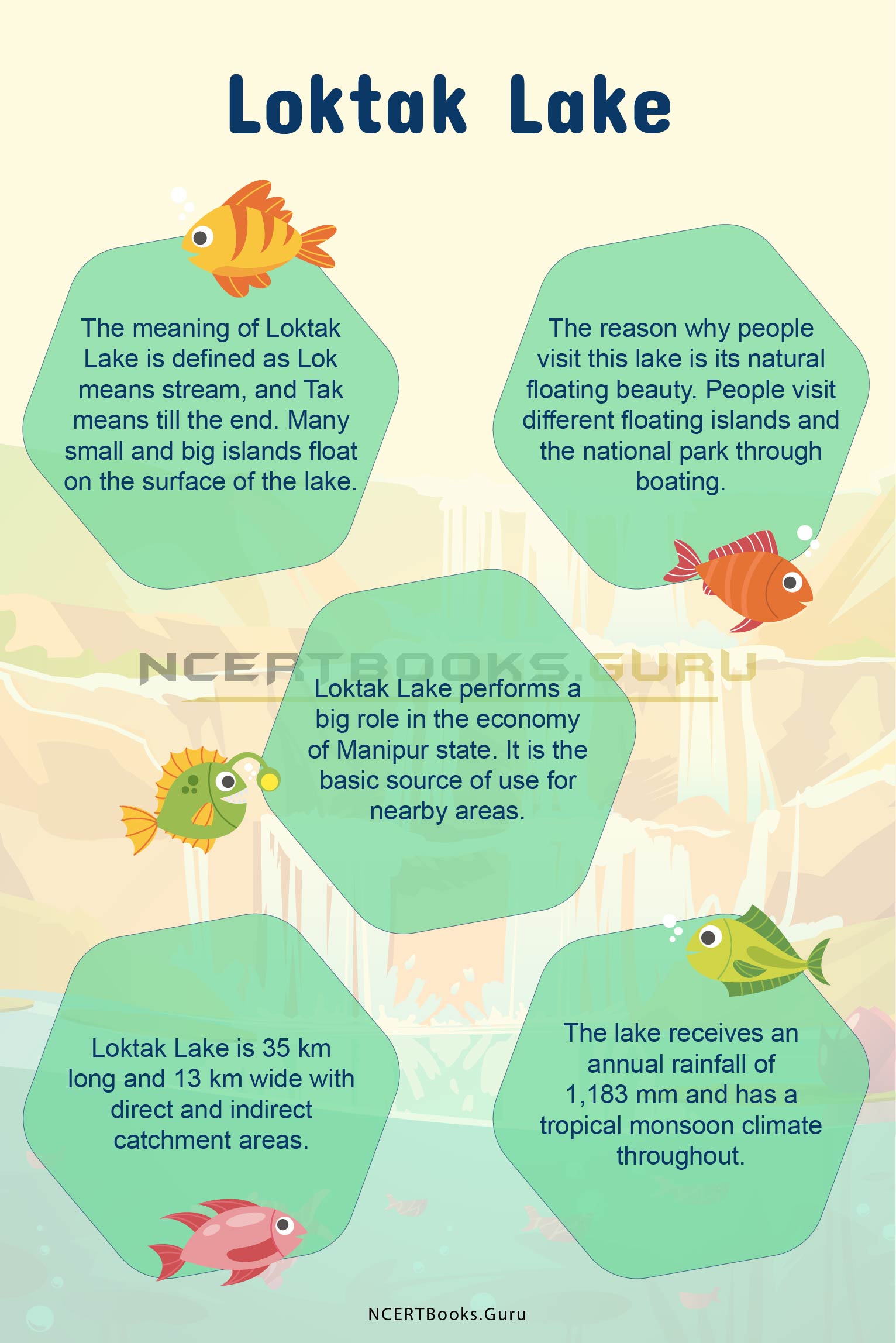
FAQs On Loktak Lake
Question 1.
Which is the largest Lake in NorthEast India?
Answer:
Loktak Lake is the largest lake in the NorthEast side of India to serve people with freshwater and high hydropower generation through its dam.
Question 2.
What is Lake Loktak famous for?
Answer:
The speciality of Loktak Lake is the floating vegetation, soil, and organic matter that form Phumdis. Also, floating National Park is the reason why people visit this lake.
Question 3.
What does Loktak Lake mean?
Answer:
Loktak word is formed with the combination of Lok, which means stream and Tak, which means till the end.
Question 4.
Is Loktak Lake natural or man-made?
Answer:
Loktak Lake is a natural and the largest floating lake in the world that locates in Northeast India. This freshwater lake forms floating Phumdis, islands, and a floating National Park. It is home for 200 aquatic plant species and 400 animal species.
